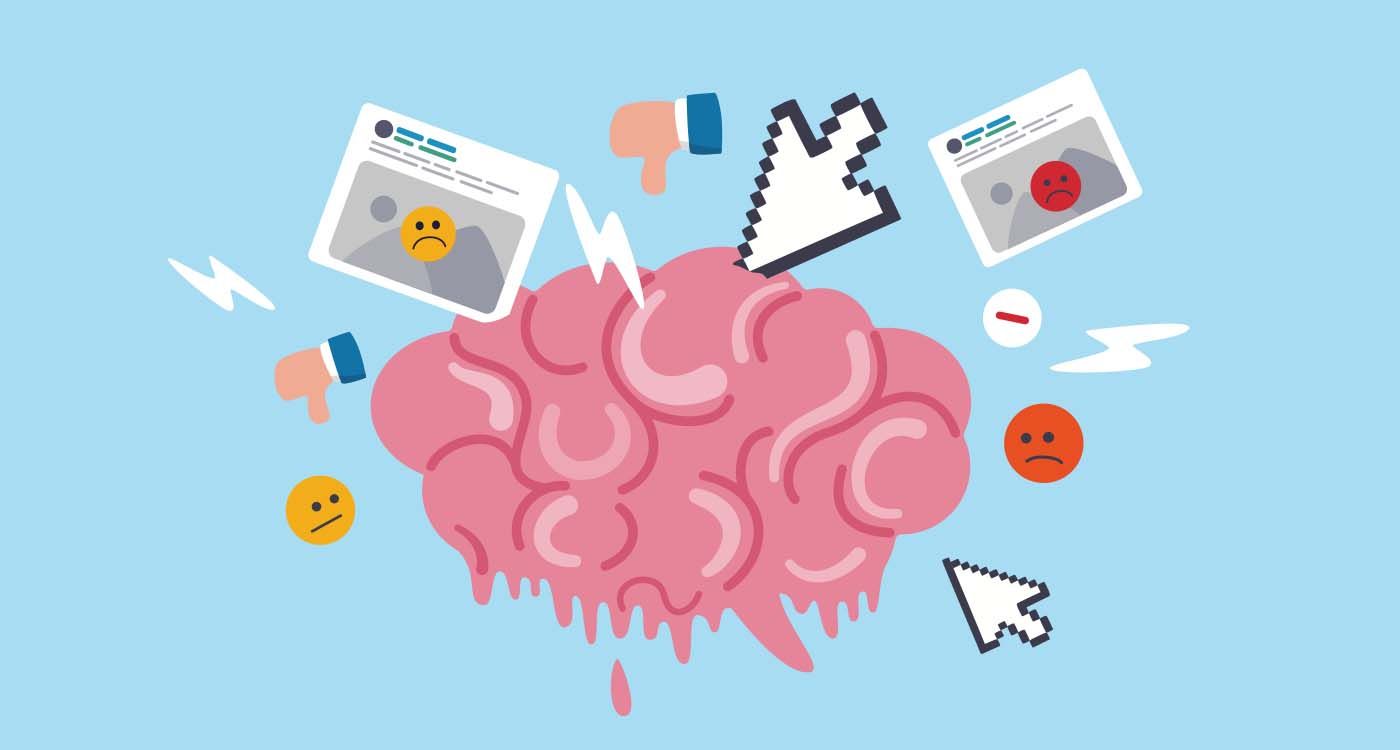
Watching TikTok, Reels, or Shorts may seem harmless. Yet science is sounding the alarm: these ultra-fast formats are reshaping our cognitive habits, weakening attention, and disrupting memory. Researchers are now talking about “TikTok brain,” a documented yet nuanced phenomenon.
You open the app for “just two minutes.” Two hours later, you are still there, eyes glued to the screen, hypnotized by an endless stream of 15-second clips. You are not alone. TikTok, Instagram Reels, YouTube Shorts… these little capsules of digital dopamine, designed to flow effortlessly from one to the next, don’t just eat up your time; they are literally rewiring your brain.
The science is clear: these ultra-fast formats continuously stimulate our reward system like a mild but dangerously effective drug. Brain imaging studies show that heavy users exhibit visible changes in crucial regions, the orbitofrontal cortex and the cerebellum, which are areas that govern cognitive control and emotional regulation.
Rest assured, this “destruction” is not irreversible. But the imbalance is real: reward circuits gradually take over, silencing those responsible for reflection. Each video triggers a micro-burst of dopamine, the pleasure neurotransmitter that makes you crave more. The brain quickly develops tolerance, demanding ever-faster stimulation. The predictable result? Long-form content, deep conversations, and complex tasks suddenly feel insurmountable, like climbing Everest in flip-flops.
Shattered Attention
The clinical picture is striking. Multiple studies establish a direct link between heavy short-video consumption and a collapse in executive control, the precious ability to stay focused, plan ahead, and resist distractions. Among students, the diagnosis is clear: heavy use correlates with plummeting academic performance and more mistakes on even the simplest attention tests.
The most troubling effect concerns “prospective” memory, the mental function that helps us remember future intentions like “call Mom at 6 PM” or “buy bread on the way home.” In one revealing experiment, watching such content right before a task drastically reduced performance, far more than any other distraction. Researchers call this “proactive interference.” In plain terms, each new video erases the previous one from your short-term memory, shattering mental continuity like a jackhammer smashing a house of cards.
Let’s not oversimplify: these studies show a strong correlation, but no absolute proof that short videos are the sole culprit. Chronic sleep deprivation, constant stress, and our era’s relentless multitasking all produce similar cognitive strains.
Still, consequences are tangible: our brains have less and less time to weave connections between ideas, deep thought is becoming an endangered species, and boredom, the essential fuel of creativity, has all but vanished. An undercurrent of impatience sets in, becoming the new normal way we interact with the world.
These changes are not just subjective impressions. In truly addicted users, brain scans show reward and emotion-related activity skyrocketing, while activity in areas for planning and reasoning dwindles. This neural imbalance explains the compulsive urge to “scroll” endlessly, chasing the next hit.
Another counterintuitive finding: cognitive fatigue. Contrary to what we might think, binge-watching short videos is no mental rest. The frantic succession of images and sounds imposes a heavy cognitive load. We emerge agitated, tense, and far from relaxed, more like after running a mental marathon at double speed.
All is not lost. The encouraging fact is that these effects appear largely reversible. Our brain’s remarkable plasticity allows us to rebalance faulty circuits, provided we drastically cut down on short-video time and alternate with activities requiring deep focus: reading, sports, learning a language or an instrument. We also need true screen-free breaks, those precious “empty” moments that consolidate memory.
Teenagers are the most vulnerable. Their still-developing brains are highly malleable; an asset that can also be a trap. Habits formed at this critical stage can leave lasting imprints on neural circuits, making enlightened parental guidance essential.
Adults, too, can retrain battered attention: learn to welcome boredom as a friend, ruthlessly limit multitasking, and gradually reintroduce long-form content into daily life. Withdrawal can feel difficult after months or years of micro-videos, but the brain readapts surprisingly fast if we give it the chance.
In the end, short videos are not inherently harmful. They can inform, entertain, move us, and foster social connection. But their format, meticulously engineered to capture and hold attention at all costs, activates primitive cognitive mechanisms we should understand in order to control. Losing a few minutes scrolling is harmless; losing the ability to focus, think deeply, and savor slowness is far more costly.

Comments